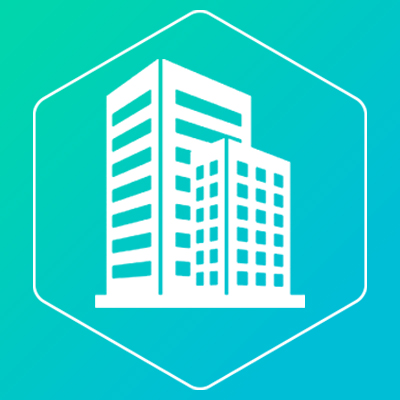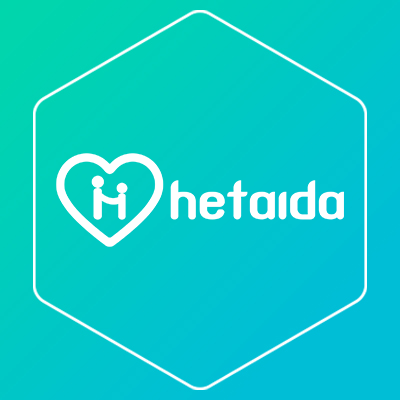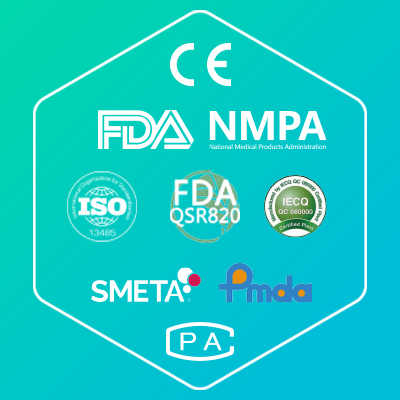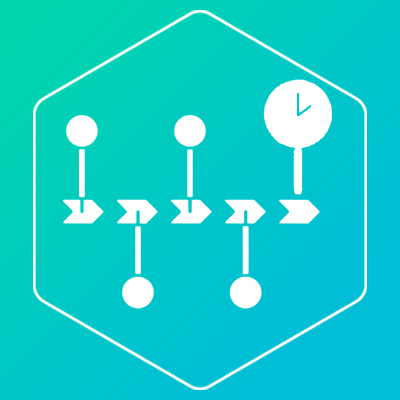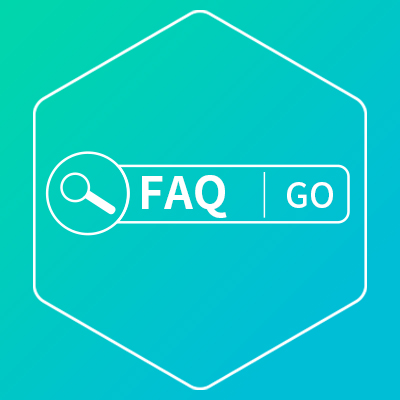Treatment of common hypertension
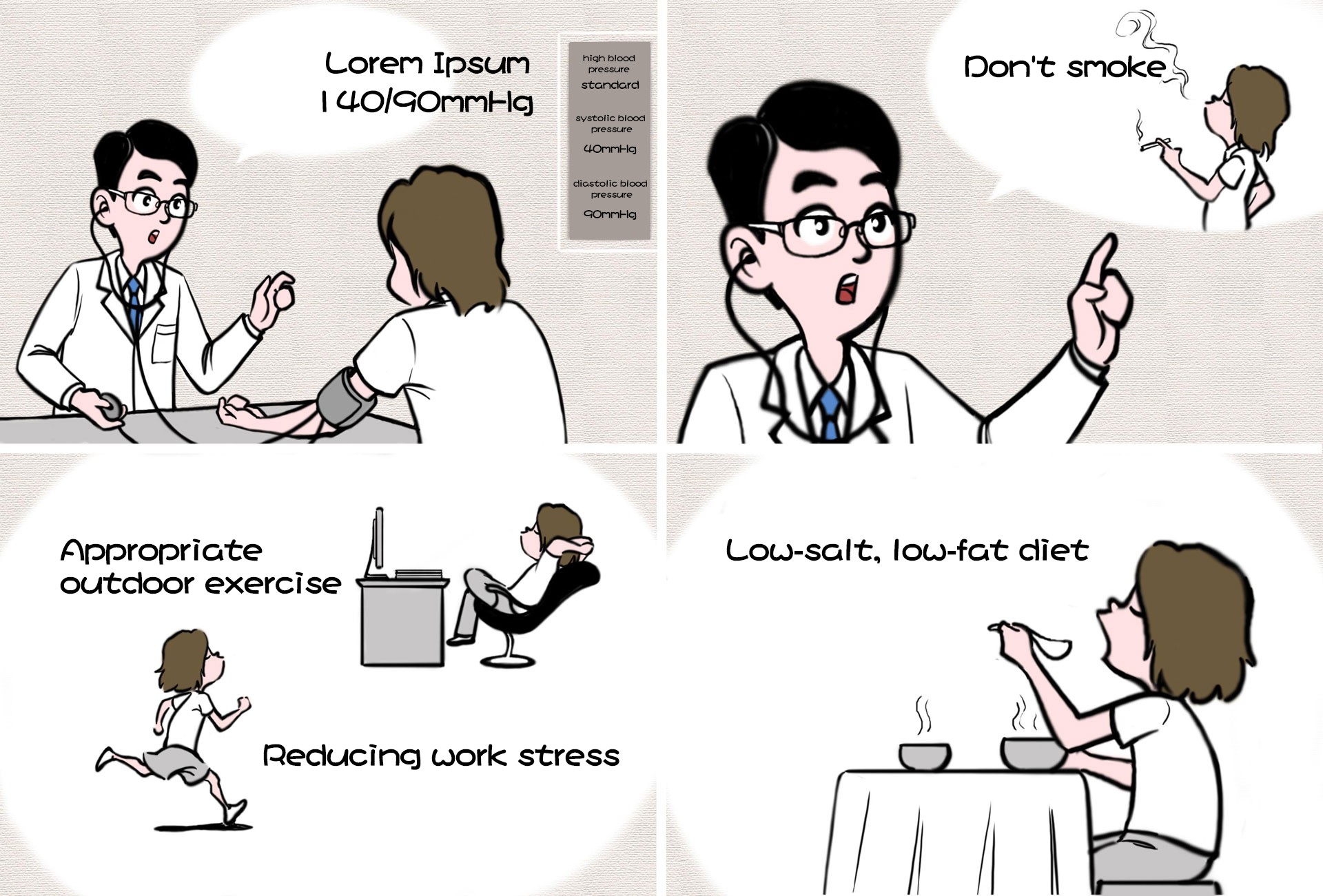
General treatment: the incidence of hypertension is related to central nervous system dysfunction, so we should pay attention to the combination of work and rest.
Antihypertensive drug treatment.
(1) Angiotensin converting enzyme inhibitors: captopril and enalapril are currently used.
(2) Calcium antagonists: a group of drugs with different chemical structures and different mechanisms of action. It is called calcium channel blockade because it inhibits the influx of calcium ions through calcium channels on cell membrane
Anticoagulants. The commonly used drugs are verapamil, diltiazem, nifedipine and nitrendipine.
(3) Vasodilator: directly relax vascular smooth muscle, dilate blood vessels, reduce blood pressure. Commonly used drugs are: 1. Sodium nitroprusside. 2. Long pressure setting. 3. Hydrabendazine.
(4) Antihypertensive drugs acting on the sympathetic nervous system.
(1) clonine. (2) Methyldopa.
Sympathetic ganglion blocker. Commonly used are alfonate, for the treatment of hypertensive encephalopathy.
Sympathetic postganglionic blockers. The storage of norepinephrine in sympathetic nerve endings was exhausted, and the aim of lowering blood pressure was achieved. The commonly used drugs are: (1) guanidine. (2) Reserpine.
Adrenergic receptor blockers.
(1) Beta blocker and verapamil are antihypertensive drugs recommended by who. Acebutamol.
(2) Alpha blockers: prazosin is commonly used. Doxazosin.
Diuretics and antihypertensive drugs.
1. Thiazides: it is the most widely used oral diuretic and antihypertensive drug, dihydroclothiazide.
2. Chlorthiadone.
3. Furosemide.
4. Aminophenazine.
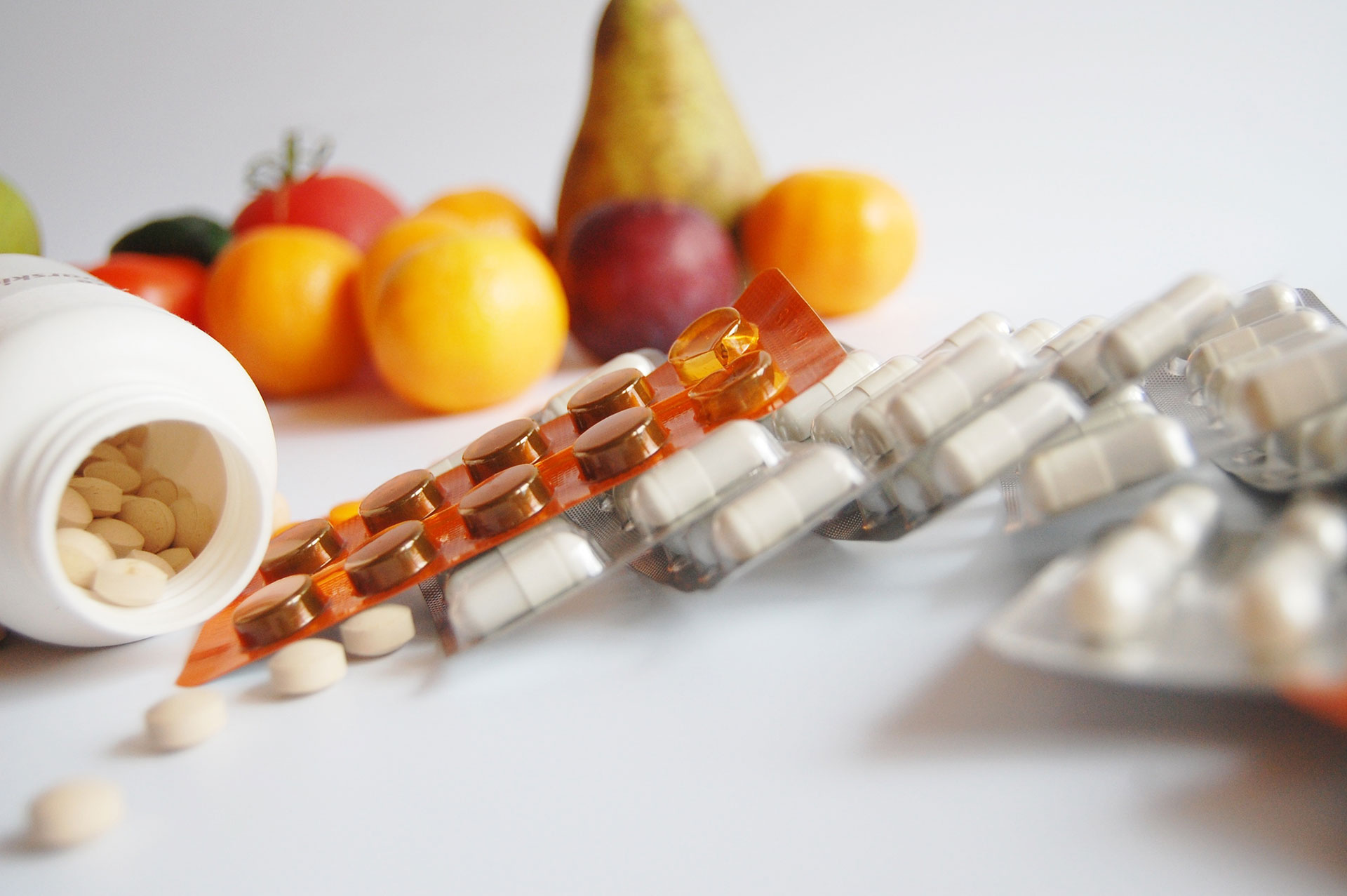
Principles of drug treatment
(1) Individualization: according to the pathophysiological characteristics, progress and complications of different patients, different doses of drugs are used.
(2) Combination therapy.
(3) Graded treatment: for general hypertension, drugs with less side effects should be used first. If the curative effect is not satisfactory, one or more drugs with different action mechanisms can be added gradually. Grading treatment can be considered.
Grade I: diuretics, beta blockers, calcium antagonists, angiotensin converting enzyme inhibitors, one drug can be used, and another drug can be used if one drug is ineffective.
Level 2: combined use of two drugs, starting from a small amount, until effective, if ineffective into Level 3.
Grade 3: combination of three drugs.
Grade 4: if the effect of grade 3 treatment is not good, guanidine or clonidine can be used instead.

